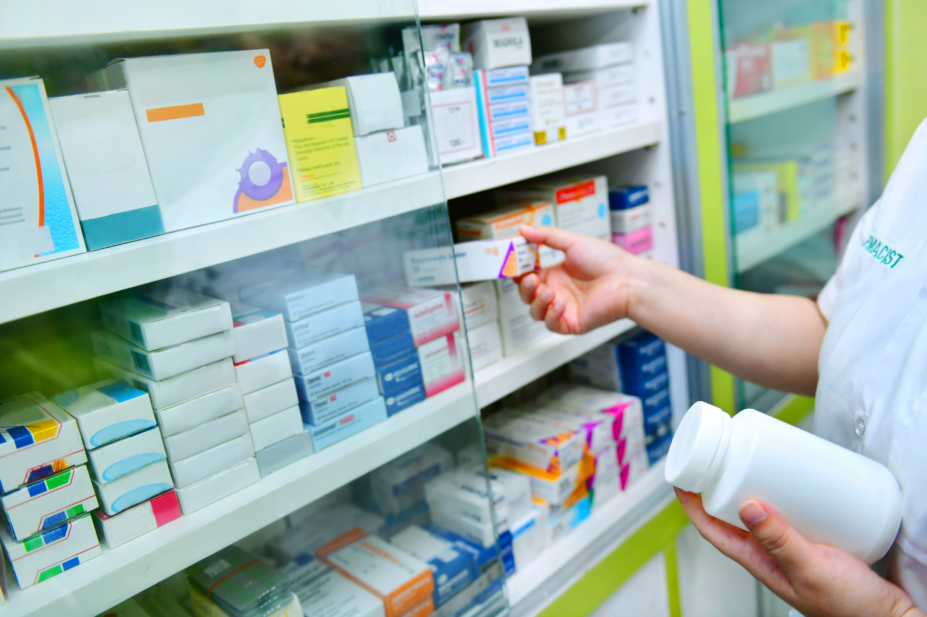
Shutterstock.com
The cost of medicines prescribed in hospitals has increased by nearly 11% over the past year, according to NHS data.
The statistics from NHS Digital revealed that in 2017/2018, the cost at list price reached £9.2bn for hospital pharmacies — a 10.8% increase compared with the previous year.
This is the largest annual cost to the NHS since measurements began in 2010/2011, when hospital pharmacies paid £4.2bn.
However, the rate of increase has slowed in recent years, with the growth of costs between 2016/2017 and 2017/2018 the third lowest since 2010/2011.
In a report on the data, NHS Digital said that the increased cost of hospital pharmacy results from the use of “new and innovative medicines, as well as the greater use of specialist medicines”.
Meanwhile, the cost of medicines in primary care has fallen by 1% for the second year in a row, from £8.96bn in 2016/2017 to £8.87bn in 2017/2018.
The data, which were first published on 15 November 2018 and updated on 30 November 2018, also revealed that adalimumab had the highest cost to hospital pharmacies in 2017/2018 at £494.5m.
However, NHS England announced on 26 November 2018 that it was expecting to save £300m from the patent expiry of adalimumab when biosimilar versions of the drug become available in December 2018.
The report also explained that the “cost at list price is the basic cost of a drug excluding VAT and is not necessarily the price the NHS paid” as it “does not take account of any contract prices or discounts”, which are commercially confidential.
However, the report added: “A comparison between the costs taken from the [Hospital Pharmacy Audit Index] database and the returns to the Department of Health from trusts suggests that the total costs are similar, although costs may be different for individual medicines.”
